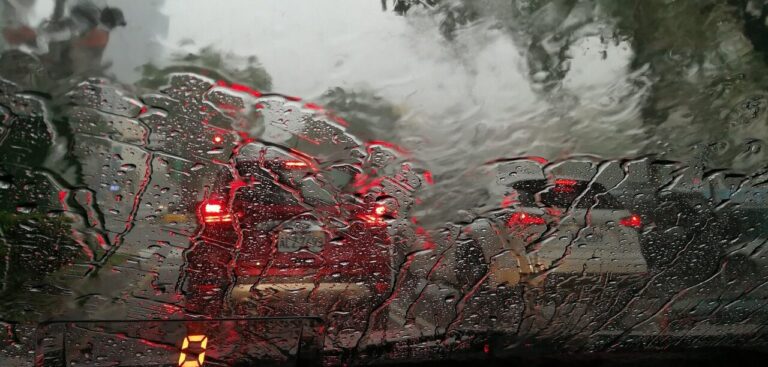Heavy precipitation days historically experienced once in a century in the USA could be experienced on several occasions in a lifetime in future, and release significantly more moisture.
Scientists at Scripps Institution of Oceanography at UC San Diego and the Department of Energy’s Lawrence Berkeley National Laboratory (Berkeley Lab) report that extremely intense days of rain or snow will be more frequent by the end of this century than previously thought – as often as once every 30 or 40 years in the Pacific Northwest and southeastern USA.
The conclusions come from analyzing a 30TB data set that models temperature and precipitation at scales of around 6km (3.9 miles). Researchers developed the data set, called Localized Constructed Analogs Version 2 (LOCA2), to provide climate information that is useful for local planners. In contrast, most of the existing advanced climate models look at regions that range from 50km to 250km (30 miles to 400 miles).
Dan Feldman, staff scientist at Berkeley Lab and the project’s principal investigator, said, “With this data set, we’re able to look at the impacts of actual weather pattern changes across the US at an extremely granular level. We see that there is a lot more extreme weather that is likely to happen in the future – and by looking at actual weather patterns, we show that changes in extreme precipitation will actually be more extreme than previously estimated. Land use managers and planners should expect more extremes, but location matters.”
The LOCA2 data set updates a similar analysis conducted in 2016 in advance of the Fourth National Climate Assessment (NCA), which was released in 2018 by the US Global Change Research Program. The Fifth NCA is expected to be issued later this year.
LOCA2 projections cover the lower 48 states of the USA, southern Canada and northern Mexico. The data set draws on more than 70 years of weather data and incorporates 27 updated climate models from the Coupled Model Intercomparison Project (CMIP6), the latest iteration of an international effort to simulate climate that includes the “coupling” of natural systems such as the ocean and atmosphere to understand how they will act in concert as climate changes.
“We’ve spent a lot of effort improving the representation of extreme wet days, which is important for understanding both the likelihood of flooding and the availability of water for agricultural, commercial and residential use,” said David Pierce, a scientist at Scripps Oceanography and the developer of LOCA and LOCA2.
The LOCA2 climate projections are available through the end of the century down to the daily level, and for three different greenhouse gas emissions scenarios known as Shared Socioeconomic Pathways (SSPs). The three scenarios are a medium level of emissions that is slightly less than current levels (SSP 245), medium-high (SSP 370), and high, where emissions greatly increase (SSP 585).
The projection reinforces what climate scientists have long predicted: future weather events will become more extreme in a warming world. LOCA2 finds that the heaviest days of rain and snowfall across much of North America will likely release 20% to 30% more moisture than they do now. Much of the increased precipitation will occur in winter, potentially exacerbating flooding in regions such as the upper Midwest and the West Coast.
“The big picture is clear: it’s getting warmer and wetter,” Feldman said. “This research translates that bigger picture into more practical data for infrastructure and operations planning. With this more detailed look at local impacts, we can help local officials make better-informed decisions, such as how long to make an airport runway, how much resilience to include for constructing buildings or bridges, or where to put crops or culverts.”
The improved set of LOCA2 data was created by better identifying and preserving extreme weather events in the past, training models to more accurately reflect extremes in simulations of the future.
“We undertook a Herculean effort of personnel and computer time not just to produce a bunch of numbers, but to produce local projections that are relevant and useful,” Feldman said. “We do so by recognizing how heat waves and storms have occurred and will occur at the local level, and projecting those forward.”
To view the complete study published in the Journal of Hydrometeorology, click here.
This article was originally published on the Berkeley Lab website.



